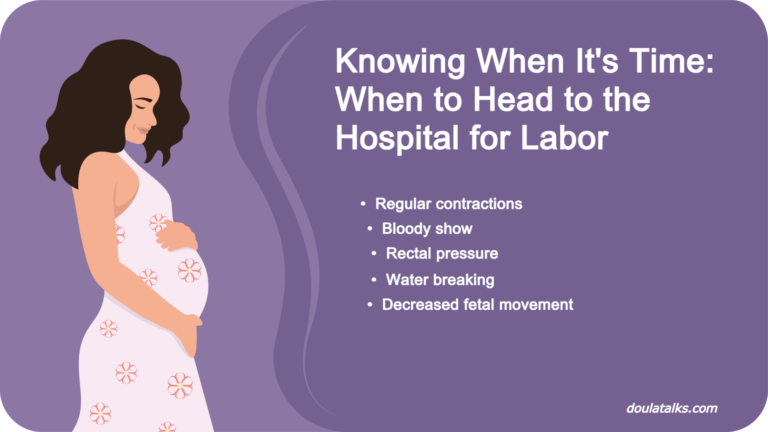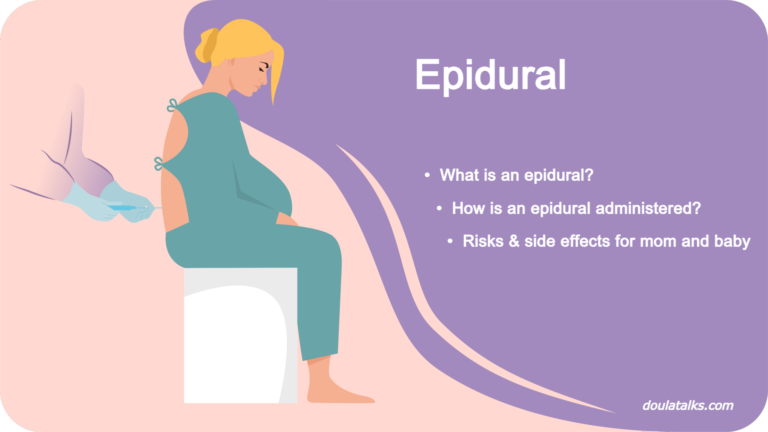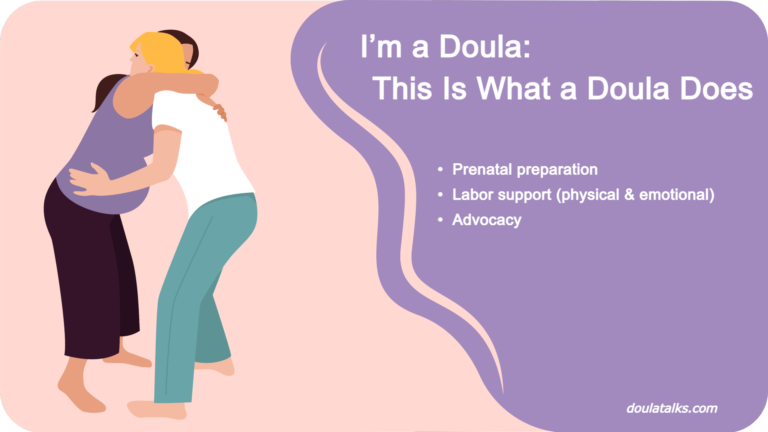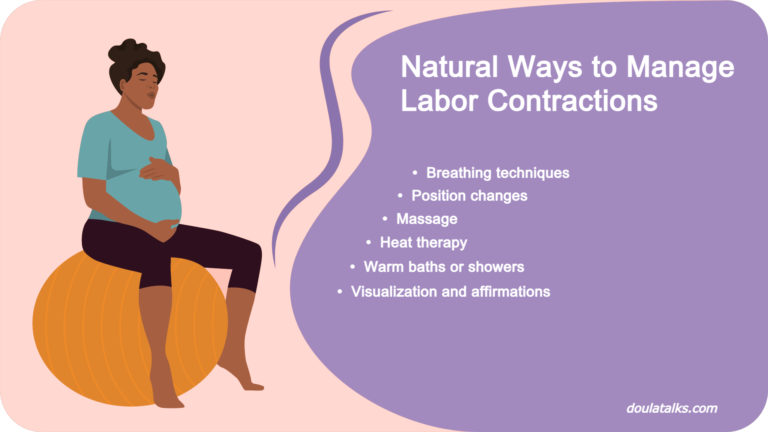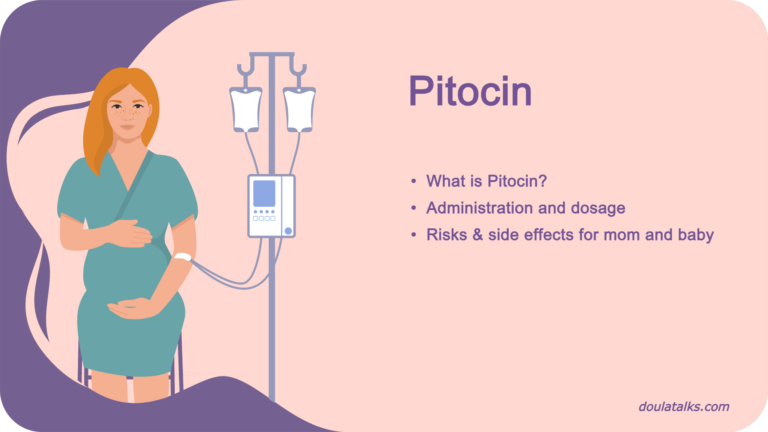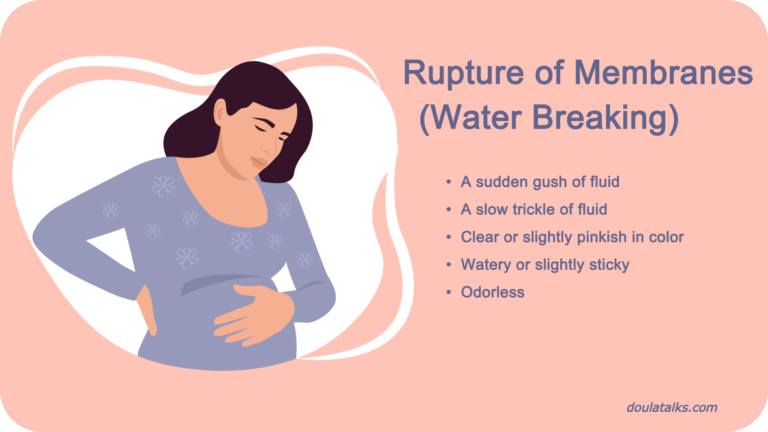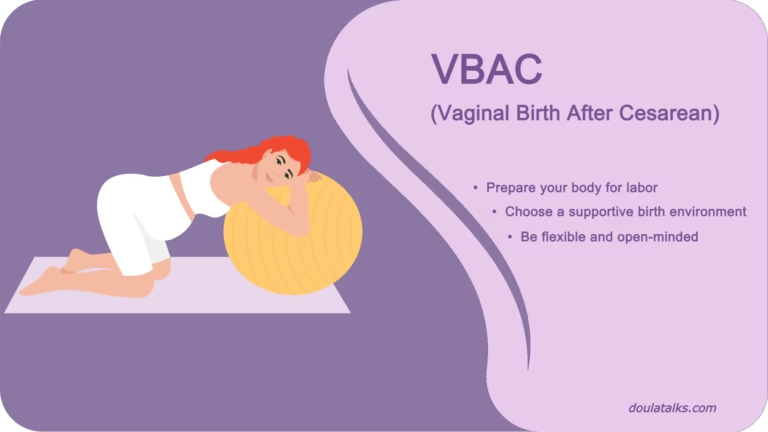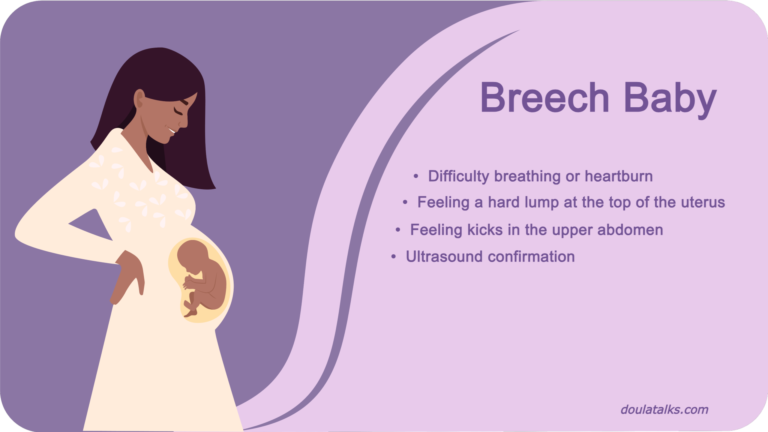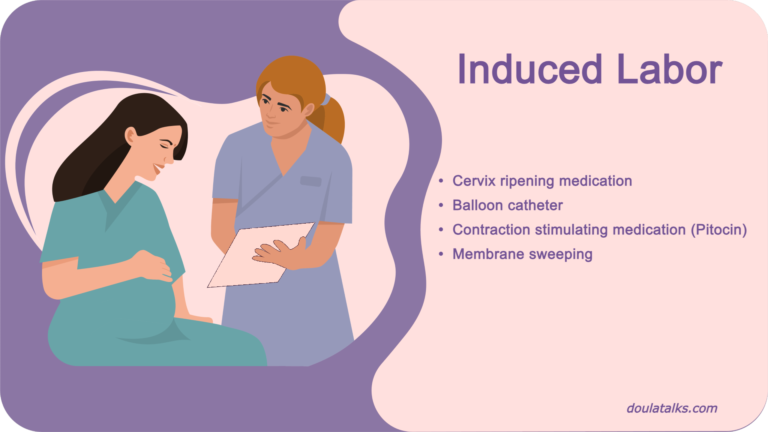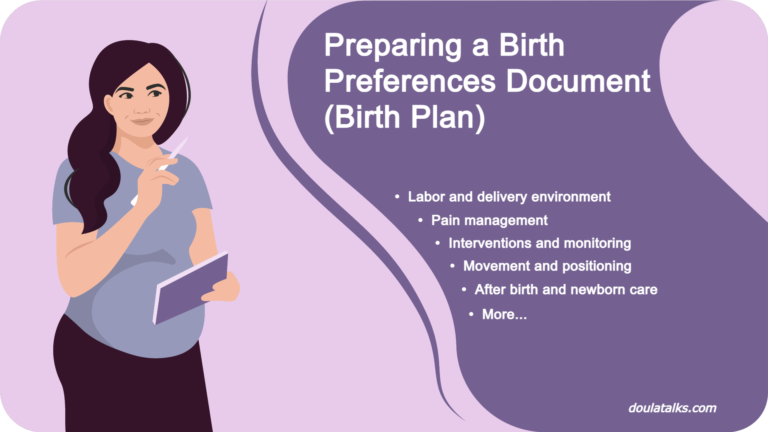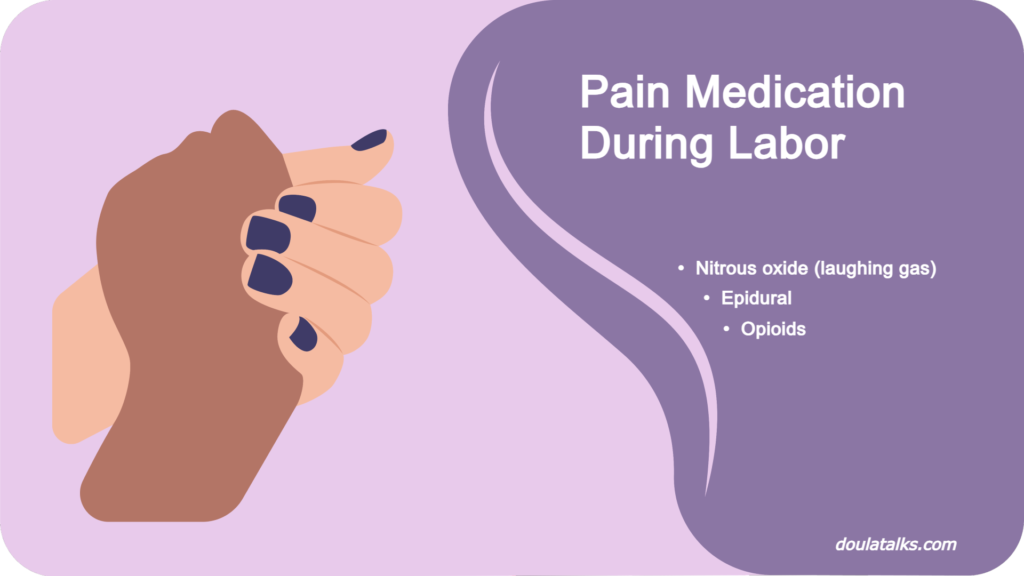In This Article:
The discussion around the use of pain medication during labor tends to be an emotional one. Some women feel it is important for them to give birth more ‘naturally’, i.e. unmedicated, and may feel that they are giving up and get disappointed in themselves if they end up asking for pain medication.
I personally feel that pain medications are simply tools and that the decision to use or not use them should be made after considering and reviewing all the subjective information in real time, during labor. I also think women should feel free to change their minds during labor (in either way) without being judged or criticized.
I feel that it is important to remember that labor pain is a natural and normal part of the childbirth process. I recently read an interview with a midwife that spent time with African tribes, watching and documenting women in labor. What struck me the most was her saying that when she asked the local midwives how they help manage pain, they seemed surprised at the question. To them pain is such a natural and expected part of labor, and there is no reason to “help” with it. They just go through it.
I often tell the women I work with that each woman’s experience of pain during labor is unique, and there is no “right” or “wrong” way to manage it. The intensity of labor pain can vary greatly from woman to woman, and even from one labor to another.
The pain can be felt as a series of waves or contractions that build in intensity and then subside. It is typically felt in the lower back, pelvis, and abdomen, and may radiate down the legs. The pain can be accompanied by other physical sensations such as pressure, stretching and pulling.
While labor pain can be managed in several ways, including using breathing and other relaxation techniques, movement, such as changing positions, walking, swaying, massage to the lower back, shoulders and legs, and hydrotherapy such as a bath or shower, (for more information on this, check out my article “Natural ways to manage labor contractions”), in this article I will talk in detail about medical pain management – pain medication.
Here’s a review of the different types of pain medication that can be used during labor:
Nitrous oxide (laughing gas)
Nitrous oxide, also known as laughing gas, is a gas that is inhaled through a mask.
When inhaled, nitrous oxide can help to reduce the sensation of pain and anxiety, making it a popular option for women who want to avoid more invasive pain management options, such as an epidural. Nitrous oxide can also help to increase feelings of relaxation and reduce the intensity of perceived pain. Some women may find that it provides only partial relief and may need additional pain management options.
Nitrous can also be used throughout labor, including during the pushing stage. Another advantage of nitrous oxide is that it does not interfere with the woman’s ability to move around and change positions, which can be beneficial during labor.
I feel it is especially useful when a woman is tired and needs a short break. I like that it has relatively mild side effects, like nausea and lightheadedness, and I mostly like that once a woman decides to stop using it, it clears in a minute or two.
Also Read:
Opioids
Fentanyl (sometimes referred to as “IV medication”, without naming the medication itself) is often offered during labor, and is administered through an IV. Fentanyl can help reduce pain, but can also cause drowsiness, nausea, and respiratory depression in both the mother and baby.
Personally, I would not recommend using fentanyl during labor because it crosses the placenta and affects the baby, potentially with dire results. If the labor suddenly picks up (due to the pelvis relaxation) the baby will be born under influence of fentanyl, which may result in a “sleepy baby”, a watered down term for a baby that has serious respiratory difficulties.
Epidural anesthesia
This is a common pain relief option that involves the insertion of a small catheter into the epidural space in the lower back. A local anesthetic and sometimes a narcotic are then administered through the catheter to numb the lower half of the body, including the uterus and birth canal.
An epidural is typically very effective at relieving pain, but it may also have side effects, such as decreased blood pressure, headaches, and shivering. In rare cases, an epidural may cause more serious complications, such as infection or nerve damage.
It is important to know that use of an epidural may decrease the frequency of contractions, causing them to occur at wider intervals after it is administered. This usually happens if an epidural is used in early labor, and rarely during active labor (5-6 CM). If the problem of contraction infrequency persists, your provider will typically suggest adding Pitocin.
After getting an epidural you will stay in bed until giving birth, but in most cases you can still change positions while being in bed to continue promoting and advancing toward a vaginal birth.
For a more in-depth look at epidurals, check out my article “Epidural: what it is, procedure, risks & side effects”.
Conclusion
The decision to use pain medication during labor is personal, and, if requested, the different medications should be used in different stages of labor.
I feel that, when possible, a natural birth is a practical decision, because of the many advantages it has (usually shorter, healthier birth, shorter pushing stage, less tearing, easier recovery, impact on nursing, diminished likelihood or severity postpartum depression) – but an epidural should not be considered “a devil”. It is a tool, and like any tool, with proper knowledge, it can be used safely and effectively.
On a personal note, I wish you a wonderful and happy labor!
Questions?
If you have any questions about this topic/article, please feel free to contact me through email at: liat@doulatalks.com
Liat Salomon is a certified doula since 2010 and is working in the San Francisco Bay Area in California. She has assisted in hundreds of births and has extensive experience with VBAC.
The information in this article does not constitute medical advice or diagnosis. It is meant for informational purposes only.
Related Articles:


